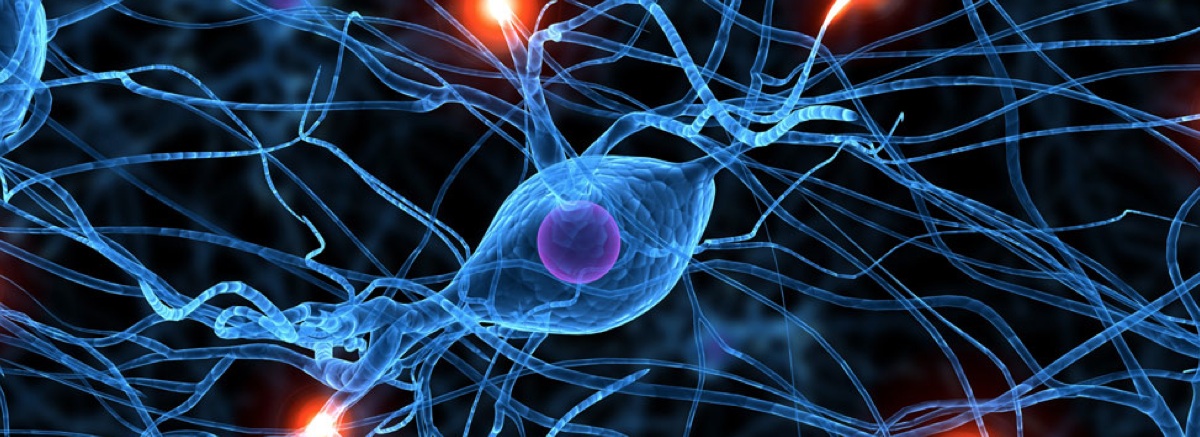
Internal Research -- Cellular Plasticity
Animal studies also have revealed that the basic wiring diagram of the brain emerges during development. Most connections (synapses) among neurons, however, are crude and non-functional. Subsequent experience is required to refine these synaptic connections, thereby fine tuning the functions of various circuits. Activity-dependent synaptic reorganization continues within the adult brain, as well (Figure 3). Learning a new experience initiates a neural activity, which ultimately produces synaptic reorganization among neurons in the relevant circuit. These synaptic changes (synaptic plasticity), distributed throughout the neural circuit, are considered to be the physical basis of long-term memory.

Figure 3. Cellular basis of memory.
Developmental processes initially give rise to neural circuits composed of individual neurons connected to one another at "synapses" (before). A new experience induces in a specified circuit a neural activity, which is propagated at the synapse by the release of neurotransmitter (circles) followed by the activation of a corresponding neurotransmitter receptor (rectangles; learning). An immediate consequence of this neurotransmission is the activation of calcium-dependent local biochemistries, which in part produce a functional increase in neurotransmission via the addition of more receptors (STM). With sufficient stimulation, however, these functional changes are accompanied by structural changes - the growth of additional synapses (LTM).

